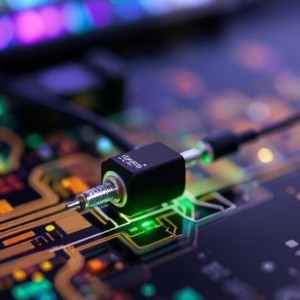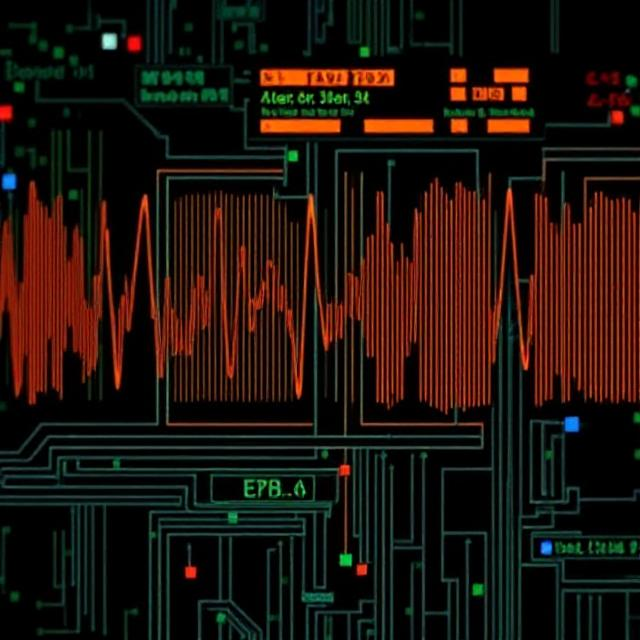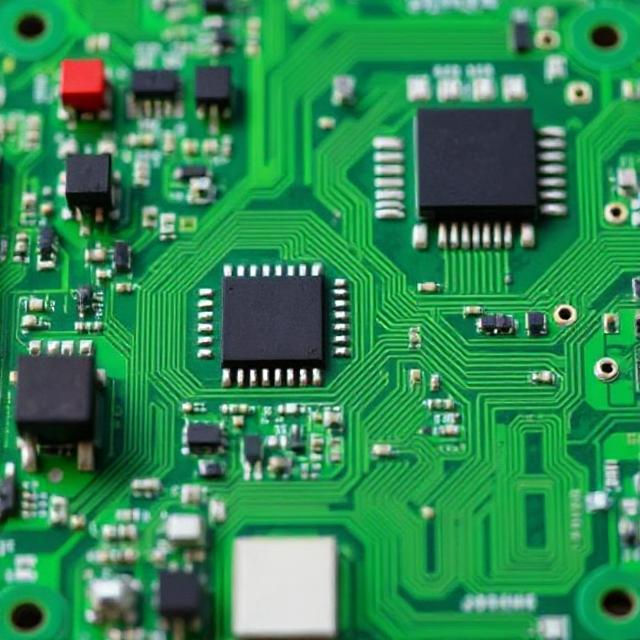Transducers Explain:
A transducer is a device that converts one type of energy or signal into another. It plays a crucial role in various fields like electronics, engineering, and physics. Transducers are all around us, converting one form of energy into another to help us measure, record, or utilize energy in different forms. They are essential in many devices, ranging from everyday gadgets like smartphones to complex systems like medical equipment.

Basic Concept
- Energy Conversion: Transducers change one form of energy into another. For example, they can convert electrical energy into mechanical energy, or sound energy into electrical energy.
Types of Transducers
There are two main types of transducers:
- Input Transducers (Sensors):
- Function: These transducers convert non-electrical energy (like sound, light, or pressure) into electrical energy (like voltage or current).
- Example: A microphone is an input transducer. It converts sound (a type of mechanical energy) into electrical signals.
- Output Transducers (Actuators):
- Function: These transducers convert electrical energy into non-electrical energy (like light, sound, or mechanical motion).
- Example: A speaker is an output transducer. It takes electrical signals and converts them into sound energy.
Examples of Transducers
- Microphone (Input Transducer):
- Converts sound (mechanical energy) into an electrical signal.
- Used in devices like smartphones, recorders, and communication systems.
- Speaker (Output Transducer):
- Converts electrical signals into sound (mechanical energy).
- Commonly used in audio systems, phones, and televisions.
- Thermocouple (Input Transducer):
- Converts heat (temperature) into an electrical signal.
- Used for temperature measurement.
- Light Bulb (Output Transducer):
- Converts electrical energy into light energy.
- Commonly used in homes and street lighting.
Key Characteristics of Transducers
- Sensitivity: How well a transducer can respond to small changes in the input energy.
- Accuracy: How closely the output signal matches the actual value of the input energy.
- Range: The range of input energy the transducer can handle.
Working Principle
Let’s understand how a transducer works using the example of a microphone:
- Sound waves (like someone speaking) hit the microphone.
- The diaphragm inside the microphone moves due to the sound waves.
- This movement creates tiny changes in electrical properties (like voltage or current).
- The resulting electrical signals are then sent to other devices (like a speaker or recorder) for further use.
In summary, transducers are vital components that enable the conversion of energy from one form to another, allowing us to interact with and measure the physical world around us.











